1. Gator Tail

Fried gator tail is a beloved Southern delicacy, especially in Florida and Louisiana. But lately, state and federal agencies have raised concerns about mercury levels in alligator meat. The issue is most prevalent in older gators, where toxin levels accumulate over time. Florida’s Department of Health has issued consumption advisories for certain areas.
This has prompted some restaurants to voluntarily stop serving gator meat or to only use farm-raised sources. Even then, tighter food safety regulations are making it harder to keep it on menus. Some local food boards now require special permits, which many small eateries can’t afford or obtain. Gator tail may still be legal, but it’s getting edged out quietly.
2. Fried Frog Legs
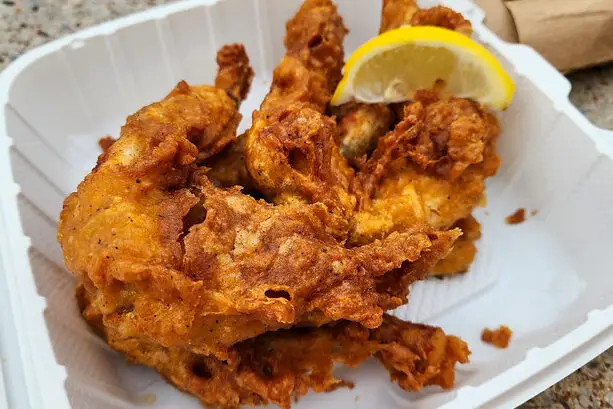
Fried frog legs may be a delicacy in parts of Louisiana and Mississippi, but they’ve come under fire recently. Concerns about parasites like sparganosis and Eustrongylides have led some health boards to scrutinize how the meat is sourced and prepared. Some localities have begun discouraging their sale at public fairs and markets. The problem isn’t just the frogs themselves—it’s that amateur cooking often doesn’t eliminate all pathogens.
There’s also the ecological concern of overharvesting frogs from wild populations. Combined with murky regulation around sourcing, this has prompted several Southern counties to quietly remove frog legs from approved vendor lists. While they haven’t been outright banned everywhere, restrictions are mounting. You’re more likely to find them in backyards than in restaurants these days.
3. Chitlins (Chitterlings)
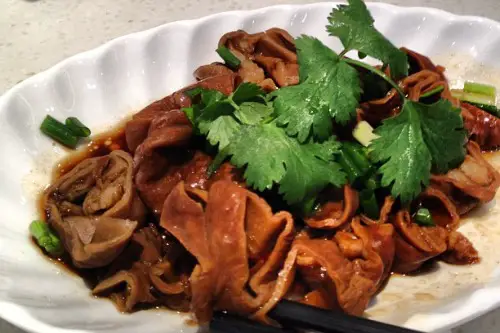
Chitlins, made from pig intestines, are a Southern soul food staple that dates back to slavery. They’re typically cleaned, boiled, and sometimes deep-fried—but the cleaning process is notoriously tricky. If not properly sanitized, chitlins can carry Yersinia enterocolitica, a harmful bacterium that can lead to foodborne illness. Several state health departments have issued advisories about preparing chitlins safely, and some schools and hospitals have banned them from menus altogether.
Part of the concern also comes from their smell, which can be overpowering and cause complaints in public settings. This has led to bans not just for health reasons, but also for environmental concerns in shared spaces. Despite the deep cultural roots, chitlins are increasingly being nudged off institutional and public menus. Home cooks still make them, but the government is tightening its stance.
4. Deep-Fried Butter Balls

This heart-stopping novelty gained notoriety at Southern state fairs, where everything deep-fried is king. Deep-fried butter balls are exactly what they sound like: frozen butter dipped in batter and dropped into hot oil. The result is an oozing, greasy ball that’s become a symbol of excess. Some health boards have started blocking permits for vendors who sell them, citing public health risk.
The saturated fat content is through the roof, and one serving can exceed the daily recommended limit. Critics argue it promotes unhealthy eating habits, especially among children. Several fairs in Texas and Georgia have quietly pulled the dish from their offerings. It’s still found in private gatherings, but don’t expect to see it on many approved food vendor menus anymore.
5. Fatback

Fatback—pure pork fat often used to flavor greens or fried up on its own—is another Southern classic that’s under fire. Its extremely high saturated fat and sodium content have made it a target in the fight against heart disease. Some public school systems and hospital kitchens have banned it outright. Others require it to be replaced with leaner seasoning meats or plant-based alternatives.
While fatback gives collard greens that iconic Southern flavor, health officials argue it contributes to the region’s high blood pressure and cholesterol rates. Some states have started regulating its use in institutional cooking, even suggesting that it be listed as a potential “cardiovascular risk item.” Traditionalists push back, but the health boards aren’t budging. It’s not illegal in stores, but it’s being squeezed out of public cooking spaces.
6. Sweet Tea (with Full Sugar)

It might feel like blasphemy, but sweet tea is coming under scrutiny. In some Southern cities, health boards are working with schools and hospitals to reduce or remove sweet tea from their beverage options. The concern? A single glass can contain more than 25 grams of sugar—over the daily limit recommended for adults, let alone kids.
Some counties in North Carolina and South Carolina are even pushing for “sugar caps” in public institutions. Dietitians have flagged sweet tea as a “liquid candy” with strong links to diabetes and obesity in the region. Many fast-food chains now offer “unsweetened” by default in compliance with new local guidelines. While it’s still widely available, sweet tea is losing its automatic seat at the Southern table.
7. Hog Head Cheese
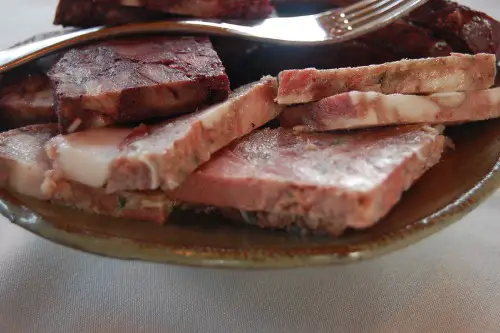
Don’t let the name fool you—hog head cheese is a gelatinous loaf made from the head meat of a pig, bound with broth that sets like Jell-O. It’s long been a tradition in Cajun and Creole cuisine, often served cold on crackers. The dish has faced recent bans in correctional facilities and schools due to bacterial contamination risks. Improper handling can easily lead to Listeria or Clostridium perfringens outbreaks.
Food safety officials have become increasingly wary of how this dish is prepared, especially in home or roadside settings. Some states have tightened commercial kitchen rules, requiring pasteurization or refrigeration that’s too costly for small vendors. As a result, hog head cheese is vanishing from smaller grocery stores and food trucks. It’s not banned everywhere, but regulations are closing in.
8. Liver Pudding (a.k.a. Livermush)

Popular in the Carolinas, liver pudding is a mix of pork liver, head parts, and cornmeal that’s often fried up for breakfast. However, it’s made using high-risk organs that are more susceptible to contamination if not properly handled. The USDA has issued warnings in the past about potential listeria and salmonella concerns in liver-based products. Some counties have opted to restrict sales unless made in USDA-inspected facilities.
Liver pudding’s sodium and cholesterol content are also alarmingly high. This has led public institutions—like schools and hospitals—to swap it out with turkey sausage or eggs. Some counties in North Carolina have begun phasing it off approved cafeteria menus. It’s still sold in stores, but mostly to loyal home cooks.
9. Boiled Peanuts (from Unregulated Stands)
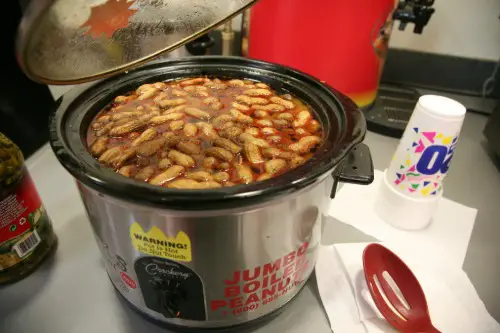
Boiled peanuts are a roadside tradition, but they come with hidden risks. Health boards in Georgia and South Carolina have flagged concerns over vendors selling boiled peanuts without proper refrigeration. If left at room temperature too long, the moist environment inside the shells can become a breeding ground for salmonella. In recent years, some localities have started shutting down unlicensed peanut stands altogether.
The issue isn’t the peanuts—it’s the lack of food safety enforcement. While you can still find them at regulated vendors or in cans, roadside versions are becoming rarer. Public health boards are also requiring labeling for allergen warnings and expiration dates. For many, it’s the beginning of the end for this particular tradition.
10. Fried Squirrel
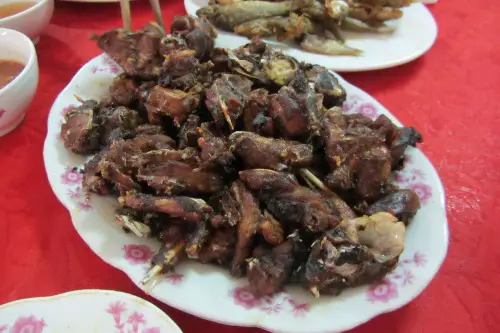
It might sound like frontier food, but fried squirrel is still eaten in some rural Southern areas. However, health departments have issued warnings due to concerns about Creutzfeldt-Jakob disease, a fatal brain disorder possibly linked to eating squirrel brains. While the risk is small, it’s serious enough that many game processing centers won’t handle squirrel meat anymore. Some states have even limited the amount of wild game that can be brought to processors.
Fried squirrel isn’t banned outright, but regulators have made it harder to sell or serve in public. With more rules around hunting seasons and meat inspections, it’s becoming less common in diners and rural eateries. Health boards say it’s about erring on the side of caution. Enthusiasts can still catch and fry their own, but don’t expect to see it on any official menu.
11. Cracklins (Fried Pork Skins with Fat Attached)

Unlike commercial pork rinds, cracklins are thicker, fattier, and more indulgent. But this Southern snack is increasingly seen as a heart attack in a bag. Some health boards in Alabama and Mississippi have discouraged their sale in schools and government buildings due to extreme fat content. A small serving can contain nearly 50% of your daily saturated fat allowance.
In public health terms, cracklins fall under “non-nutritive, high-risk” snack categories. They’re being removed from vending machines and concession stands at public events. Many Southern cities are encouraging local vendors to switch to baked alternatives or eliminate them entirely. Cracklins haven’t disappeared—but they’re on the hit list.
12. Koolickles (Pickles Soaked in Kool-Aid)
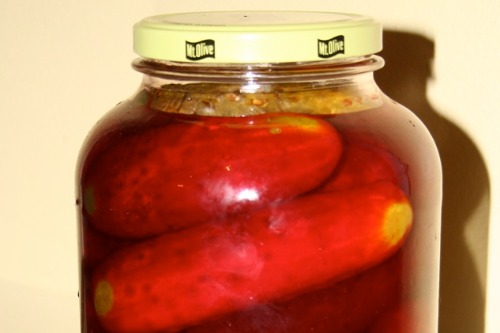
This quirky Delta-region snack—pickles marinated in Kool-Aid—has become a cultural curiosity. But health experts are pushing back due to the combination of artificial dyes, high fructose corn syrup, and sodium. Schools in Mississippi and Arkansas have banned them from cafeterias and vending machines. They’ve even been labeled “disruptive” due to the mess and bright stains they leave behind.
Beyond the mess, dietitians worry that koolickles normalize sugary, ultra-processed foods for kids. Some school districts have gone as far as banning outside snacks that resemble koolickles. You can still buy them in convenience stores, but public spaces are cracking down. Health boards say the snack is colorful—but not cute when it comes to health.
13. Souse Meat (Pickled Pork)

Souse meat—typically made from pickled pig parts like ears, snout, and feet—is a tradition deeply rooted in Southern kitchens. But health departments have raised concerns over its preparation methods, especially when made in home or informal settings. Without proper temperature control and sanitation, the pickling process can pose serious risks of botulism and listeria. Several counties in Alabama and Georgia now require retail souse to be produced in regulated facilities only.
Beyond contamination risks, souse is also loaded with sodium and saturated fat, making it a nutritional red flag. Schools and hospitals have largely cut it from menus due to dietary guidelines. Some butcher shops still sell it in specialty cases, but the paperwork has gotten heavier. Souse hasn’t vanished, but it’s definitely been pushed into the margins.
14. Lard Biscuits
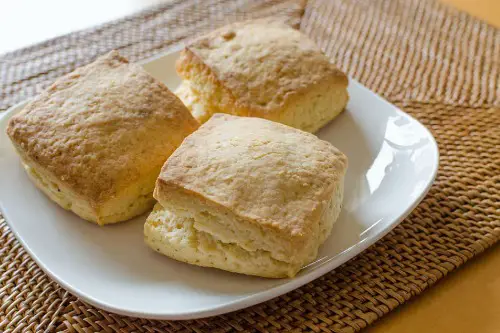
Flaky, buttery biscuits made with lard are a Southern staple—but they’re also a dietary landmine. Health boards are increasingly pushing restaurants and institutions to switch to vegetable shortening or butter blends instead. Lard is high in saturated fat, and repeated consumption has been tied to increased heart disease risk. Some hospital cafeterias and senior centers have phased out traditional lard biscuits entirely.
The backlash isn’t just about fat—there’s growing concern over trans fats in older lard brands. Modern nutritionists now view these biscuits as occasional indulgences rather than everyday fare. Homemade versions persist in family kitchens, but commercial kitchens face scrutiny. Southern comfort food may endure, but the lard is quietly being trimmed.
15. Mountain Oysters (Fried Bull Testicles)
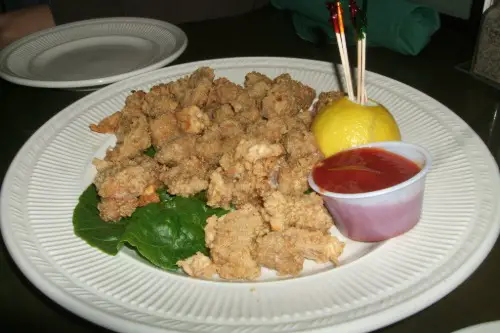
Mountain oysters have long been a quirky delicacy in rural Southern and Western communities. Traditionally deep-fried and served with hot sauce, they’re celebrated at regional festivals and roadside diners. But concerns over bacterial contamination and preparation safety have prompted some health boards to restrict their public sale. USDA guidelines now require careful handling and inspection of organ meats used in commercial kitchens.
Additionally, there are rising concerns over cholesterol and heavy hormone exposure from these parts. Some states have pulled approval for serving mountain oysters in fairs and public events. While they’re not banned outright, the barriers are stacking up. It’s a dish that’s increasingly living on legend more than plate.
16. Banana Pudding with Raw Eggs
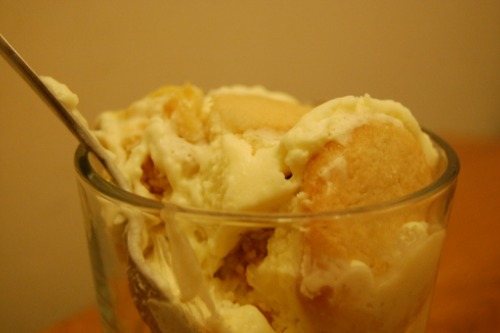
Traditional banana pudding recipes sometimes include raw eggs in the custard, posing salmonella risks if not properly cooked. Despite its status as a beloved Southern dessert, health boards have flagged older recipes as problematic. Modern commercial kitchens are required to use pasteurized eggs or fully cook their custards. But family recipes passed down without changes continue to be scrutinized.
Institutions like schools, retirement homes, and hospitals now require egg-free or heat-treated versions. This has sparked debate among purists who argue it changes the taste and texture. For now, banana pudding isn’t banned—but the original method is facing increasing pressure. Safety is slowly taking priority over nostalgia.
17. Fried Brains (Usually Calf or Pig)
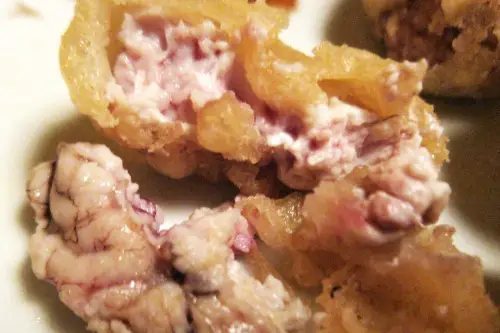
Fried brains were once common fare in rural Southern kitchens, often served with gravy or eggs. But they’re now flagged due to the potential for transmitting bovine spongiform encephalopathy (aka mad cow disease), particularly from older cattle. USDA guidance discourages consumption of brain tissue, especially in public dining settings. Several states have since banned or strictly regulated their sale and distribution.
Even pig brains carry risks of neurological contamination when not properly handled. Combined with a high cholesterol count, they’re falling out of favor even among die-hard fans. Most restaurants have quietly removed them from menus. What used to be down-home cooking is now a public health liability.
18. Smoked Neck Bones

Smoked neck bones are prized for their flavor and used heavily in stews and beans across the South. But they’re also high in sodium and saturated fat, which has drawn the attention of health officials. Some school systems and correctional institutions have stopped serving them due to cardiovascular concerns. Additionally, smoking methods in informal or backyard settings don’t always meet safety guidelines.
Food boards now encourage leaner alternatives like turkey necks or smoked chicken parts. The neck bones themselves aren’t banned, but their use in institutional meals is being scaled back. Restaurants must now meet stricter prep and storage standards. This smoky staple is slowly losing its institutional seat at the table.
19. Pig Ears
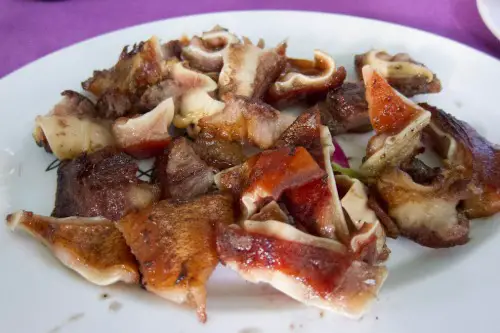
Pig ears—boiled, fried, or pickled—have deep cultural significance in Southern cuisine, especially in soul food traditions. But they’re mostly cartilage and fat, offering little nutritional value and lots of cholesterol. Public health boards in cities like Atlanta and Birmingham have flagged their use in school and senior center meals. They’re also subject to more rigorous handling regulations due to cross-contamination risks.
Even seasoned fans are finding it harder to source them from local restaurants. Specialty grocers may carry them frozen, but hot prep stations are increasingly avoiding the hassle. It’s not a full ban—but the red tape is real. Pig ears are slowly becoming more of a culinary relic than a regular menu item.
20. Peach Cobbler with Shortening Crust
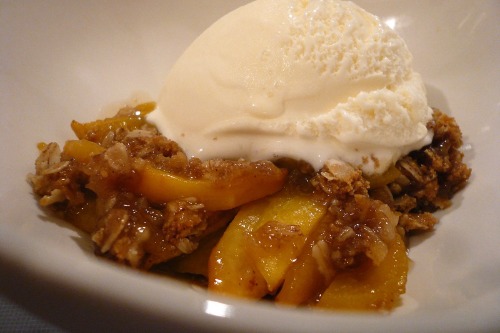
Peach cobbler remains a Southern dessert icon, but the shortening-based crust is now a health department target. Traditional recipes rely on trans-fat-heavy shortenings to get that flaky texture. As awareness of trans fats grows, institutional kitchens are being forced to switch to alternatives like butter or oil blends. Health boards have moved to phase out older baking practices linked to heart disease.
The filling—often packed with sugar—has also been flagged as overly indulgent in school and hospital settings. New versions use whole grains, less sugar, and healthier fats, changing the flavor in noticeable ways. Some purists say it’s no longer “real cobbler” without the crust. But the public health push is quietly rewriting the recipe.
This post 20 Classic Southern Dishes That Are Quietly Being Banned by Health Boards was first published on American Charm.


